Language
Facts
Third in ease of doing business in Northern Africa and Middle East and 53rd worldwide.
Low public debts level compared to average EU: in 2022, Morocco’s public debt was 71.6% of GDP, while the national debt of the European Union amounted to approximately 85.24%.
Growing foreign direct investment flow, passing from $1419 million in 2020 to $2141 million in 2022.
A gateway to Africa, thanks to its geographical strategic location.
High internet penetration with 88.1% of the population who has access to the internet.
Real gross domestic product growth projected to increase between 2023 and 2028 by a total 1% point. The growth is estimated to amount to 3.39 % in 2028.
A cultural and economic portrait
Morocco stands as a captivating nexus of culture and commerce, offering a unique tapestry of linguistic diversity and economic opportunities. From the bustling markets of Marrakech to the ancient Medina of Fez, Morocco’s rich heritage and dynamic economy make it a compelling destination for exploration and investment. In this insightful article, we delve into the multifaceted landscape of Morocco, highlighting its linguistic richness, economic dynamics, and unique cultural identifiers.
Linguistic diversity
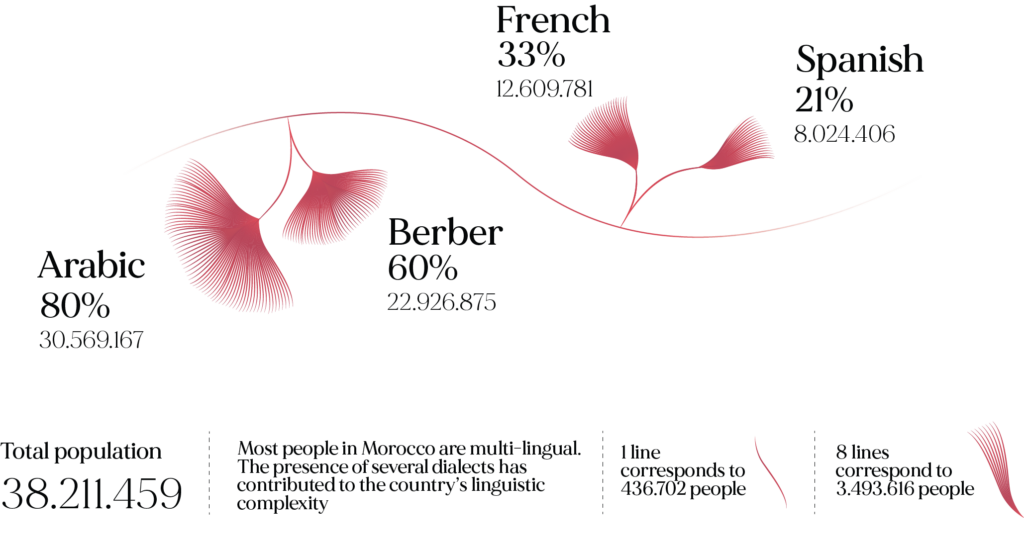
Morocco’s linguistic mosaic reflects its rich historical heritage and cultural tapestry. French, Tamazight, and Arabic emerge as pivotal languages, each imbued with unique cultural significance and societal roles.
- Arabic, as the official language and lingua franca, serves as the bedrock of communication in business spheres, underpinned by its deep-rooted cultural resonance and historical prominence.
- French, inherited from colonial legacies, retains considerable influence, particularly in sectors such as commerce, education, and administration. Its prevalence underscores Morocco’s enduring ties with Francophone nations and its integration into global economic networks. However, the relationship between French and Arabic is one of complementarity rather than conflict, reflecting Morocco’sembrace of linguistic diversity and cultural synthesis.
- Tamazight, Morocco’s indigenous Berber language, represents a vibrant thread in the nation’s linguistic tapestry, fostering cultural resilience and identity preservation. While not as prevalent in business contexts, Tamazight plays a vital role in community cohesion and cultural expression, embodying Morocco’s commitment to pluralism and inclusivity.
Additionally, Morocco hosts a myriad of other languages, including Spanish, English, and various Moroccan dialects, each contributing to its linguistic kaleidoscope. The linguistic landscape of Morocco is a reflection of its rich history, diverse cultural influences, and complex identity. With French and Arabic serving as dominant languages in various spheres of life, from business and administration to education and media, Morocco showcases a unique blend of linguistic diversity and cultural synthesis.
Economic Dynamics
Against this backdrop of linguistic diversity, Morocco’s economic landscape emerges as a nexus of regional connectivity and global integration. The country’s strategic location at the crossroads of Europe, Africa, and the Middle East positions it as a gateway to diverse markets and commercial opportunities.
Commercial relationships with Europe remain robust, underpinned by trade agreements, investment flows, and historical ties. The Euro-Mediterranean partnership, epitomized by agreements such as the Association Agreement with the European Union, facilitates market access and economic cooperation, driving growth and development.
In parallel, Morocco’s engagement with Maghreb and sub-Saharan countries reflects a commitment to regional integration and economic collaboration. Initiatives such as the Arab Maghreb Union and the African Continental Free Trade Area present avenues for expanding trade linkages and fostering shared prosperity across borders.
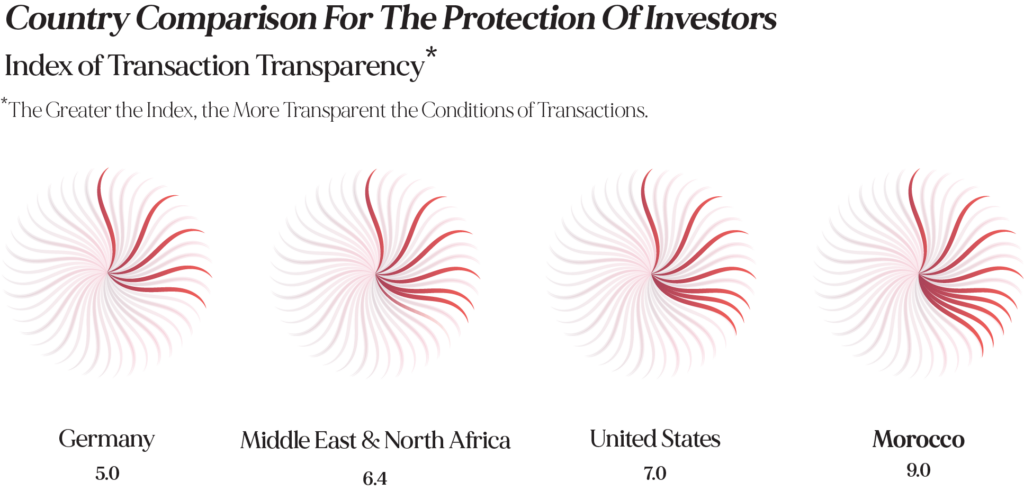
Source: International Monetary Fund
Moreover, Morocco’s economic landscape is characterized by burgeoning opportunities across diverse sectors, including tourism, agriculture, renewable energy, and technology. The country’s strategic focus
on sustainable development and innovation underscores its resilience and adaptability in an evolving global economy. With its vibrant culture, strategic location, and dynamic economic policies, Morocco presents a compelling proposition for investors and businesses seeking to tap into its diverse market opportunities.
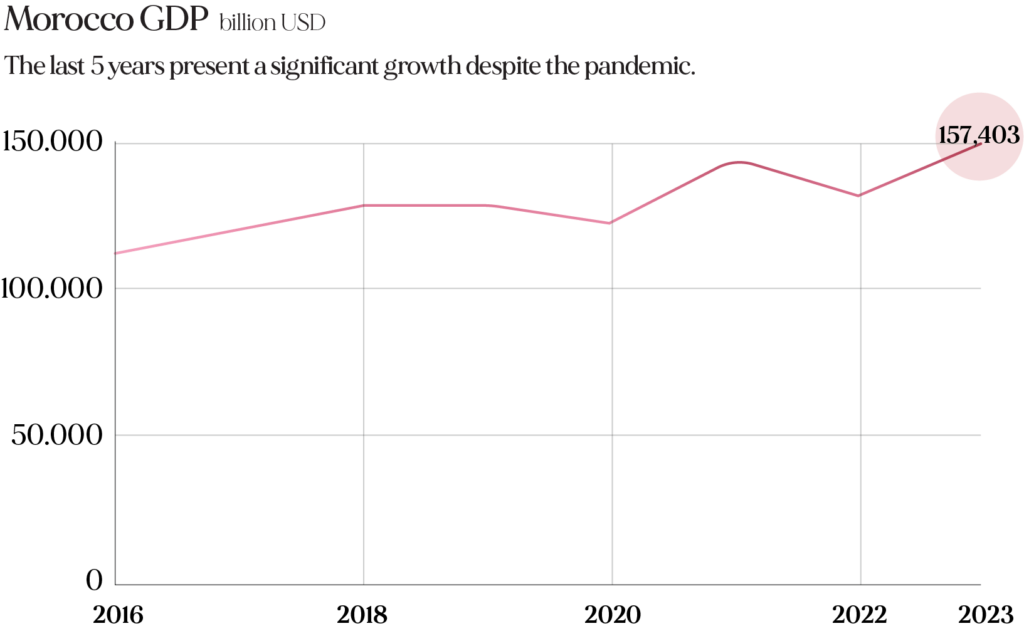
Source: International Monetary Fund 2023
In conclusion, Morocco’s intricate blend of language, culture, and commerce offers a compelling narrative of resilience, innovation, and interconnectedness. As the country navigates the complexities of the digital era, fostering symbiotic connections between humans and machines remains paramount, driving inclusive development and collective prosperity. By embracing its linguistic diversity, honoring its cultural heritage, and leveraging its strategic economic advantages, Morocco emerges as a beacon of opportunity and growth in an increasingly interconnected world. Through collaborative efforts that transcend linguistic and geographical boundaries, Morocco has the opportunity to position itself as a model of inclusive development and sustainable growth, embodying the essence of symbiotic connections in the 21st century.

Source: UNCTAD

Source: UNCTAD
Creative Cultural localization guidelines
Incorporating Cultural Symbols and Traditions
Effective localization in Morocco necessitates a deep understanding and incorporation of prominent cultural symbols and traditions. From the intricate geometric patterns of traditional Moroccan tiles to the vibrant colors of Berber textiles, cultural symbols are deeply embedded in everyday life and hold significant meaning for Moroccans. By incorporating these symbols thoughtfully into creative content, businesses can resonate more deeply with local audiences and demonstrate cultural respect and appreciation.
Cultural Sensitivity in Visual Representation
Visual storytelling plays a crucial role in creative localization, and it’s essential to approach visual representation with cultural sensitivity. Colors hold significant cultural symbolism in Morocco, with blue symbolizing tranquility and protection (as seen in the iconic blue city of Chefchaouen) and green representing hope and prosperity. Incorporating culturally relevant motifs and visual elements into creative content not only enhances aesthetic appeal but also deepens cultural resonance and authenticity.
Respect for Traditional Practices and Customs
Morocco’s cultural landscape is shaped by centuries-old traditions, customs, and religious practices. Whether it’s the elaborate ceremonies of Moroccan weddings, the spiritual significance of Ramadan and Eid al-Fitr, or the communal rituals of traditional hammams, respecting and honoring these traditions is paramount in creative localization efforts.
By showcasing the richness and diversity of Moroccan cultural practices, businesses can foster greater connection and engagement with local audiences.
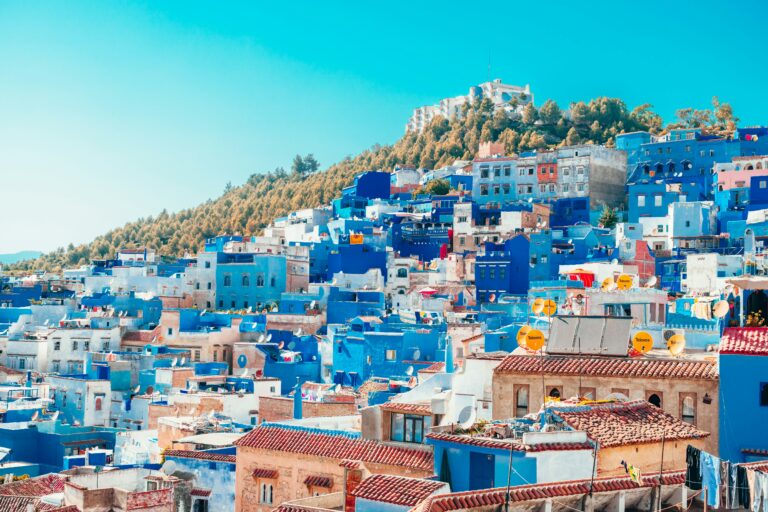
Morocco
Language Data Factbook
The Language Data Factbook project aims to make the localisation of your business and your cultural project easier. It provides a full overview of every country in the world, collecting linguistic, demographic, economic, cultural and social data. With an in-depth look at the linguistic heritage, it helps you to know in which languages to speak to achieve your goal.
Read it now
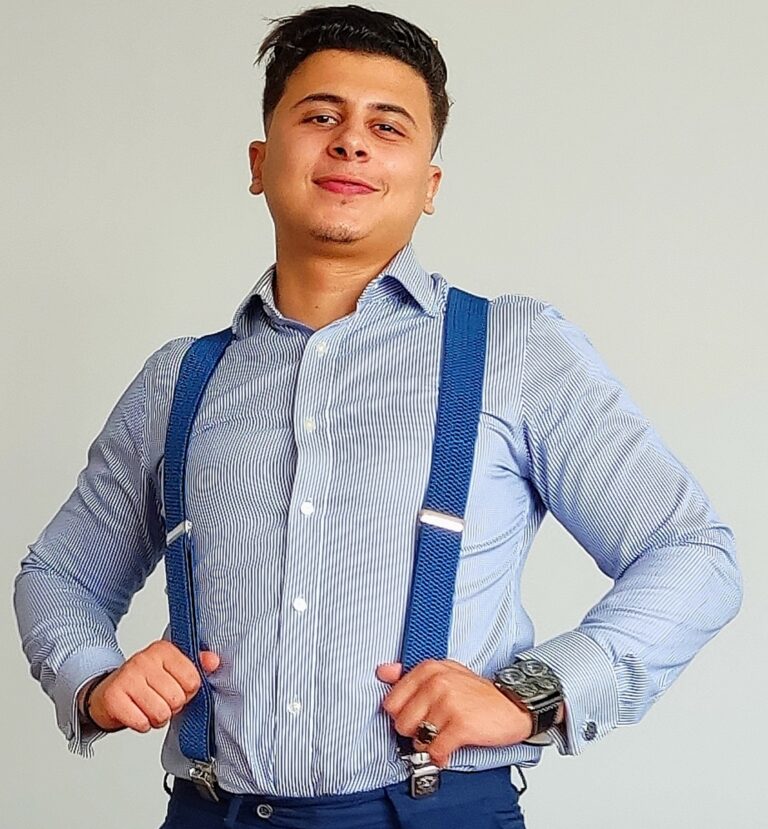
Nassim Mzaourou
Interpreter/Translator (Arabic-English-French) | English Language Instructor | Content Writer
Nassim Mzaourou is a seasoned interpreter and translator with the linguistic combination of English, Arabic, and French, and a master's degree in interpreting and translation. With over six years of experience in language services, Nassim specializes in bridging linguistic divides with precision and cultural finesse. Passionate about fostering cross-cultural connections, Nassim is dedicated to delivering seamless communication in a globalized world.
